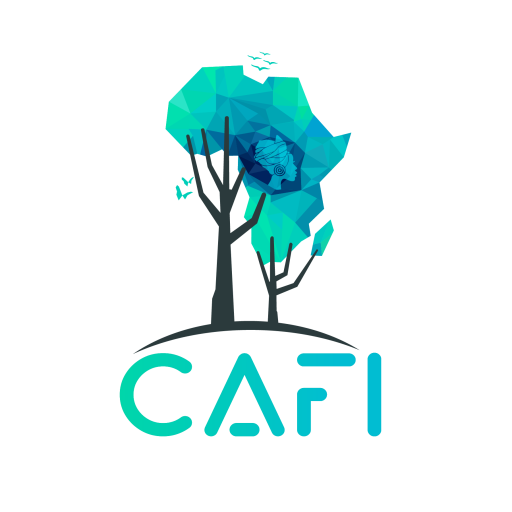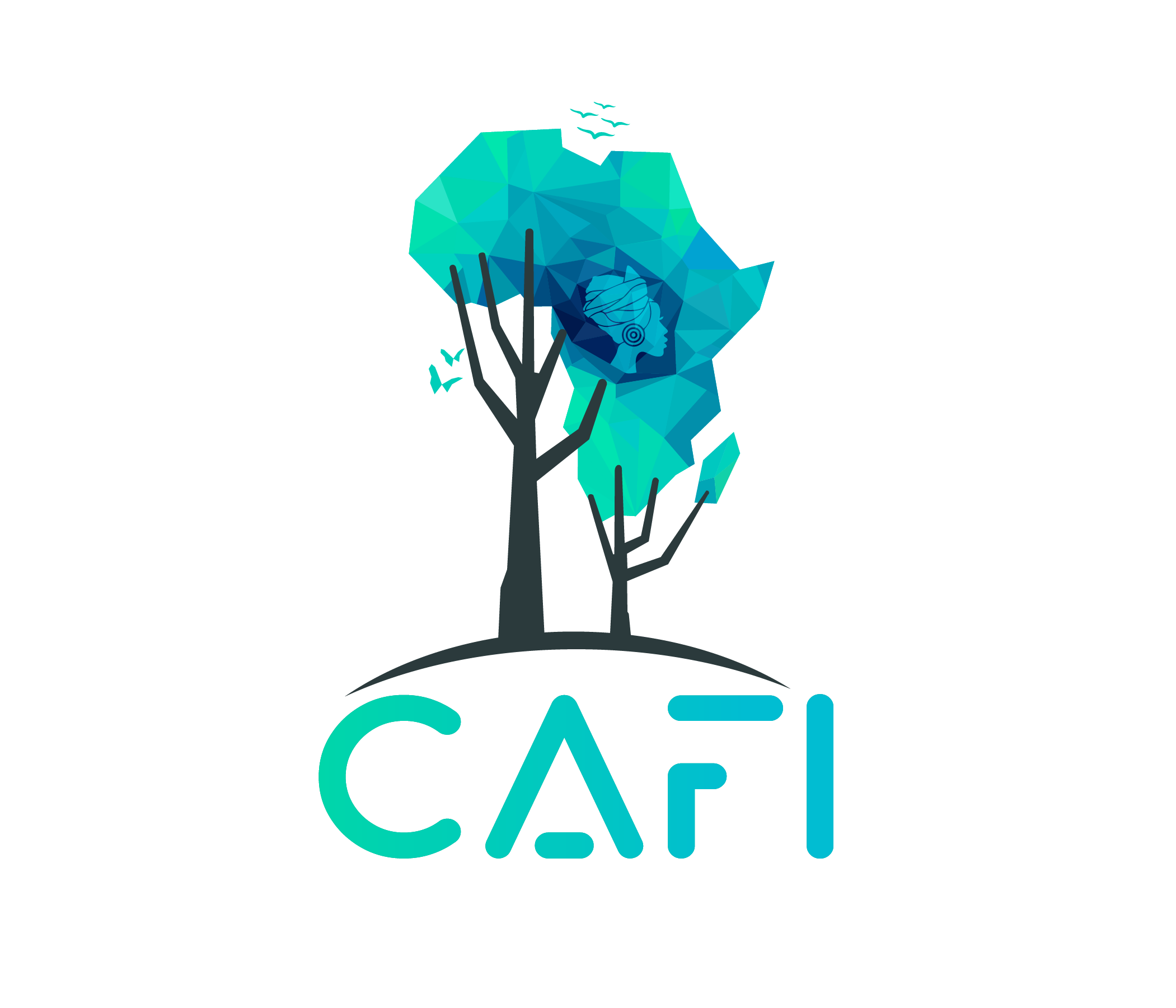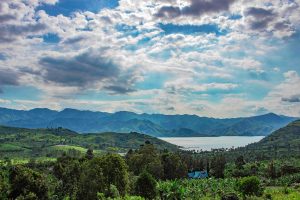Contributions
PIREDD Sud Ubangui
INtro SUd Ubangui
Integrated Grand Mbam landscape
The Grand Mbam landscape reflects several of Cameroon’s national challenges: expanding subsistence farming, growing population, poorly coordinated land use, and a lack of sustainable development opportunities. Located at the edge of the Congo Basin in the...
Pacific co-existence between humans and elephants
Gabon’s successes in conservation - including hosting Africa’s largest population of forest elephants (95,000) - have also led to unforeseen consequences, such as human-wildlife conflict that contributes to food insecurity in rural areas. Indeed, Between 2016 and...
Forest Ecosystem Research and Monitoring
Gabon's ability to monitor and understand trends in forest ecosystems, particularly in response to climate change, is important to inform decision-making on forest management and climate change mitigation strategies. The Forest Ecosystem Research and Monitoring...
Scaling-up Commercial Investment in Deforestation-Free Commodity Supply Chains
This project mobilizes bold investments to transform major agricultural supply chains into sustainable, inclusive, and climate-resilient systems. By protecting forests and peatlands, empowering local communities, and fostering public-private partnerships, it creates...
PIREDD Plateaux – Piloting the CAFI PES approach
Building on successes and lessons learned from prior World Bank and CAFI- funded projects in the DRC, the PIREDD Plateaux focuses on rural economic development and environmental protection, promoting deforestation-free agriculture and sustainable livelihoods in 4...
PIREDD Mai Ndombe – real – keep this version
Combining a central approach of territorial development planning with incentives via Payments for Ecosystem Services (PES), the Integrated REDD+ project (PIREDD) in Mai-Ndombe, that ran from 2016 to 2024, was one of the first large scale rural development project...
 Cameroon
Cameroon
Reconciling the ambition to be the “African breadbasket” with reducing deforestation Cameroon forests cover approximately 30 million hectares. Deforestation surface area doubled between 2016 and 2023 to reach close to 820,000 hectares, while forest degradation...
 Gabon
Gabon
180 millions US$ mobilised - including a first historic payment for emission reductions - for a country with strong political commitment to forestGabon forests absorb 140 million tons of CO2 every year, and emit about 30 millions. They also house pristine wildlife and...
 Republic of Congo
Republic of Congo
Projects on governance, forest monitoring, fuelwood plantations, clean cookstoves and land-use planning running under the 65 million dollars Letter of The forests of the Republic of Congo span over 22.5 million hectares - that’s approximately three times the size of...
 Equatorial Guinea
Equatorial Guinea
Competitiveness, sustainability, integrated land management, food security, social & gender equity at the heart of the National REDD+ Investment Plan Equatorial Guinea is one of the few countries in the world that is practically entirely covered by forests. While...
 The Democratic Republic of the Congo
The Democratic Republic of the Congo
Implementing the ambitious objectives of the second Letter of Intent The Democratic Republic of Congo (DRC) is a forest giant. Its tropical forest, covering more than 130 million hectares, is the second largest in the world. But the DRC is also an economically...
 The Central African Republic
The Central African Republic
Exploring options through policy dialogue and feasibility studies in a country that advances its REDD+ agenda despite instability & limited resources Heavily impacted by politico-military crises, the Central African Republic (CAR) is one of the poorest countries...
Regional
Lorem Ipsum is simply dummy text of the printing and typesetting industry. Lorem Ipsum has been the industry's standard dummy text ever since the 1500s, when an unknown printer took a galley of type and scrambled it to make a type specimen book. It has survived not...
-
Agriculture
Agricultural activities in the Central African region have been predominantly linked to village a...
-
Demographic Pressure
But I must explain to you how all this mistaken idea of denouncing pleasure and praising pain was...
-
Energy
It is estimated that about two thirds of wood energy production in Central Africa comes from clea...
-
Forest sector
In the forest sector, CAFI support is directed at increasing the proportion of forests under sust...
-
Gender
Including gender equality considerations in CAFI programming builds on a human right-based approa...
-
Governance
CAFI supports national governance structures that guide and monitor the results of its investment...
-
Land Use Planning
Land use planning is a necessary policy tool for a long-term vision of sustainable development. I...
-
Private Sector
Collaboration with the private sector helps prevent deforestation by stimulating sustainable prac...
-
Demographic Pressure
Demographic pressure on forests varies widely across different CAFI partner countries. In Gabon f...
-
Land Tenure
In Central Africa, as in the rest of the world, rural land tenure is considered a key issue for t...
-
Mining and Hydrocarbons
The mining and oil sectors do not cause important deforestation in Central Africa, at least in te...
-
Payments for Environmental Services
Payments for Environmental Services


